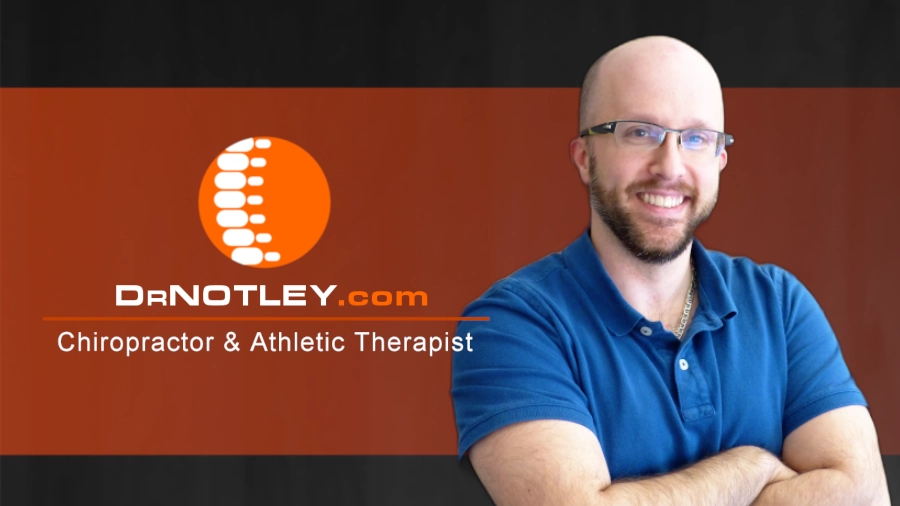
Crossfit requires physical and technical components to perform a workout (WOD). As fatigue sets in technique is of utmost importance. Since I take technique seriously when it comes to lifting weights my eyes are focused on how the competitors are performing each exercise. Some athletes’ technique stays perfect the through the workout, while others, well, lets just say, not so much.
The Overhead Squat
The most common problem I treat in Crossfit athletes is shoulder pain. This is likely due to the a number of the exercises prescribed requires the arms to be over head, for an extended period of time, and under a significant load. An example of this is the overhead squat. This places a considerable amount of strain on the front of shoulder joint.
Thoracic Mobility
When assessing a shoulder I look at mobility and strength of the shoulder joint, the mobility of the shoulder blade as well as the thoracic mobility. All parts of the movement chain need to be moving optimally and with adequate strength. If an athlete can’t extend their thoracic spine, lacking thoracic mobility, their shoulders are forced to go through a larger range of motion.
Because of this position the subscapularis muscle This is one of the rotator cuff muscles that helps to protect the front of the shoulder. I also find many of these same athletes had restricted thoracic rotation/extension to the same side as the shoulder.
Active Release Techniques worked fabulously to help release the hypertonicity of the subscapularis muscle. In addition to treating this muscle, I also provided those who had problems with thoracic mobility with exercises such as ones I mentioned before in a previous post.
Treating Crossfit athletes, and other athletes, requires an understanding of:
- The movements performed
- The common errors that occur in their training/competition
- Understanding that the source of their pain is not always the cause of their pain.
All aspects of movement need to be addressed to tease out the athlete’s problem.
Dr Notley
Treating athletes as a Chiropractor/Athletic Therapist since 2000
Originally posted on May 17, 2022 @ 4:36 pm
